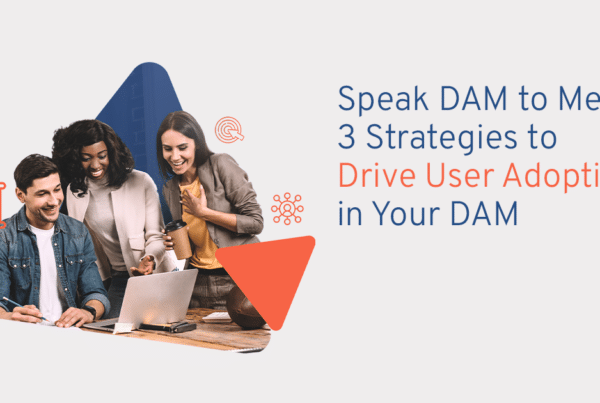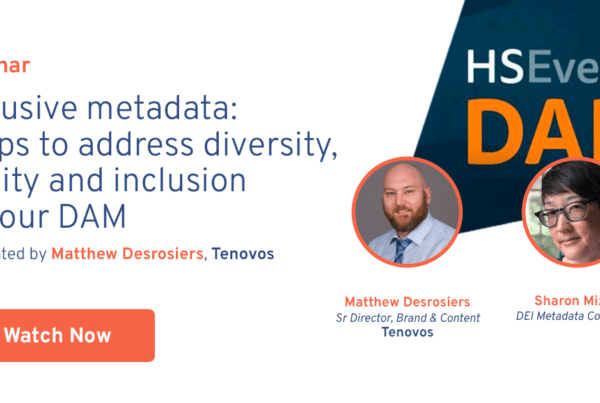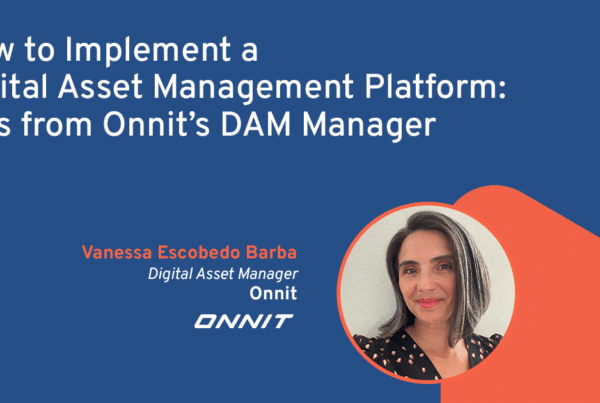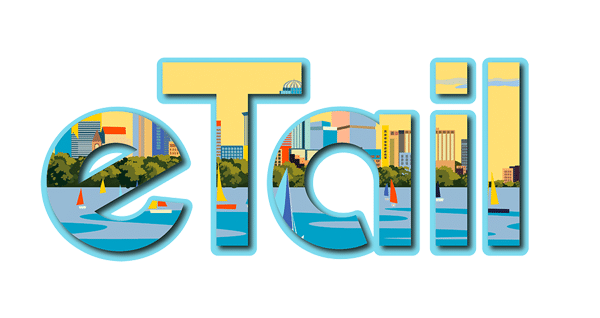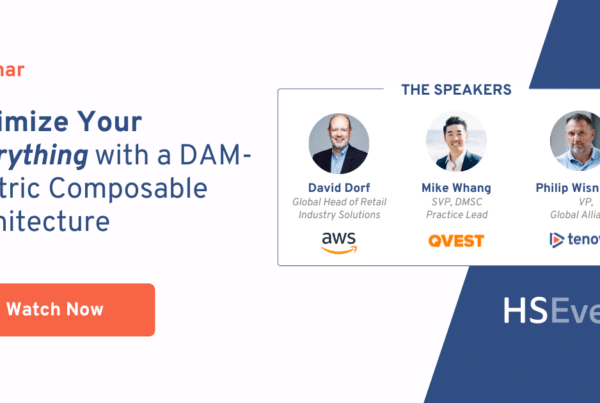
Optimize Your Everything With Composable Architecture
September 12, 2025
Optimize Your Everything With Composable Architecture
Webinar Optimize Your Everything with DAM-Centric Composable Architecture Learn why today's enterprises are shifting to…

